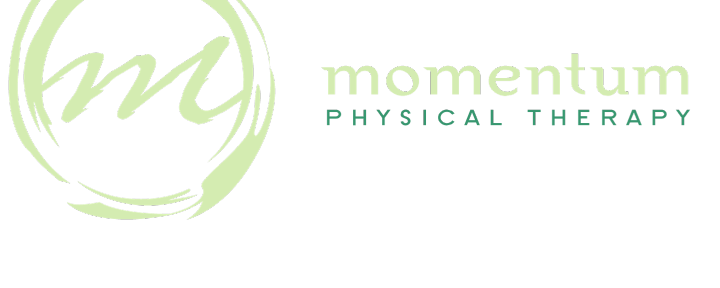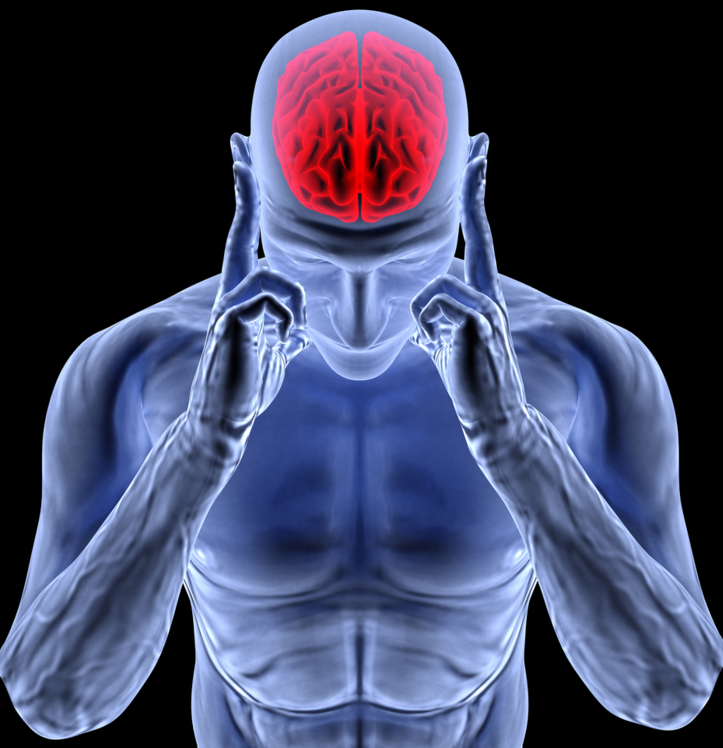The best migraine management plans are multifactorial, meaning you may have a variety of treatments that will be recommend for your specific type of migraine. They may include medication, behavioral strategies and hands-on treatment.
Medication:
Medication type is typically divided into acute (taken as soon as a migraine comes on) and preventative (taken daily).
With acute migraine treatment, it’s ideal to have a plan for what to do at these three stages:
• Primary – medication taken as early as possible in the attack
• Secondary – medication taken if the first dose doesn’t work or if the migraine comes back.
• Rescue – medication taken if there is no response from the first two treatments.
Make a specific plan with your doctor about what to do in each instance. For more information on acute migraine treatment, check out this page on the American Migraine Foundation website.
Preventative medication
If you are taking acute medication more than 9 days per month, you may be a candidate for preventative medication. Preventative medication is taken daily with the intent of decreasing the frequency of your migraines. There are many different preventative medications available and you and your doctor will work together to determine the best fit for your needs.
Behavioral Strategies:
Biofeedback and relaxation training
Biofeedback training is typically used to help you recognize and reduce muscle tension. It uses a tool that measures muscle tension and you learn to modify your body’s response. For example, a monitor that uses a visual light that changes color as you increase or decrease muscle tension. By providing information on muscle tension, you can observe and help modify your body’s reaction to stress. This helps reduce and prevent headaches.
Counseling
Migraines can take a significant toll on your work, home life and relationships. Counseling is an effective tool in a comprehensive migraine management program. Counseling teaches you how to recognize and cope with stress and how thoughts and behaviors can impact your migraine symptoms. Counseling can also offer strategies for how to manage the pain associated with migraines.
Lifestyle choices
How much you sleep, what you eat and how much you exercise can all affect your headaches. Working with your doctor and other health care professionals to establish healthy lifestyle choices can make a significant improvement in your migraine symptoms.
Hands-on treatment:
Manual therapy (joint and soft tissue mobilization from a physical therapist) targeting the neck and upper back helps to decrease muscle and joint tightness, which has a dramatic positive effect on the nervous system. Additionally, a physical therapist will prescribe exercises to help correct any muscular imbalances that you may have. Studies have shown that cervical (neck) mobilization and manipulation can be as effective in managing migraine symptoms as some prescription medications.
Developing a partnership with your physician, physical therapist and other medical professionals and working together to establish a tailored treatment plan is the best way to effectively manage your migraine symptoms.

